Khachaturian “Adventures of Ivan” Piano Play-Along: Post Three (Nos. 3 and 4 Reaction)
These next two in the set were less familiar to me upon my reading. How about you?
Quick scan thoughts:
- Khachaturian seemed to like the idea of not including a keysignature and just filling a piece with accidentals. Perhaps this is due to his frequent use of chromatic harmonies. It does keep you on your toes during the reading process.
- No. 3 looked quite s-l-o-w moving…
Thoughts while playing….
No. 3 – Ivan is Ill (sometimes seen in other collections as “Ivan is Sick”)
Listening to all the unexpected dissonances made me think Ivan must have been quite queasy. Nothing felt settled in this work, at least not until the end of the piece.
Three things went through my mind as I played (tempo at quarter = 58, which I thought offered a convincing “lento.”):
- Would any of my students find this piece too dissonant for their predictable ears?
- How could I convince a student to play a piece that moves this slowly?
- What about the control needed to spin out this slow-moving melodic line in the RH? including the voicing of the soprano?
This piece wouldn’t be an instant “sell” to a typical student. This doesn’t mean that I don’t care for the piece. I actually like it for all its quirkiness and find that it lends itself to the imagination quite well. I would have to paint a real sound picture, through my own vivid performance, to entice a student to give it a try. You never know. Some students like pieces that are different from all the rest.
I would sell this piece on the fact that it sounds “queasy” and that Ivan may be feeling a stomach issue in progress, so to speak. Young students can relate to that, right? As I demonstrate the piece I would ask the student: “What do you think could be happening here?” and continue with this type of questioning all the way to the end in order to create a story or scene. With a picture in mind and the imagination activated, I think students then become far more interested and maybe inclined to illustrate an interesting picture like this one with colorful sounds.
A few details to keep in mind:
1. Notice the shift in the LH articulation from legato to tenuto (detached) in mm. 1-2 and 5-6. The resulting effect is quite different.
2. Measure 11 – I’m convinced the the C-natural in the soprano is a typo. I couldn’t embrace it. C-flat sounds like the intention. Your thoughts?
3. The dynamics, especially the swells (hairpin cresc. and dim. marks – see Measures 1 and 2 above), help shape the long melodic phrases and give them direction. I would ask the student to insert this type of “swell shaping” in all of the phrases, even where it’s not indicated, to prevent the piece from sounding flat and vertical. Most of the phrases here are either 2 or 4 measures in length.
And what finally happened at the end? — I would ask the student to describe the scene. It gradually calms down. Perhaps Ivan was finally able to fall into some restful sleep after a tortured spell of nausea. Poor guy.
No. 4 – Ivan Goes to a Party (subtitled “Waltz” and sometimes referred to as “The Birthday” or “The Birthday Party” in other collections)
This piece falls into the category of “sounds harder than it plays” especially once you sort through all the accidentals and get it your fingers wrapped around it. Both the MCA and Schirmer scores indicate the tempo of quarter note = 72, but surely they meant the dotted-half-note. This waltz requires some lilt! I enjoyed this bouncy, colorful waltz the more I played it.
How many pieces do you know in the standard piano repertoire that start on the leading tone and resolve downward (see RH below)?
Notice above how the editor is quite clear about the LH’s lightness (PP, staccato, and senza ped.) with beat 1 to receive some length and emphasis.
Unique features: I especially enjoyed Khachaturian’s tasty harmonies throughout, but especially during places like the rit. in mm. 33-35. Play these measures quite slowly a few times to notice how the chords change color and resolve to B-flat minor. I would ask a student to “listen for” these color shifts while creating a smooth meltdown.
https://www.youtube.com/watch?v=Garmev_Ej44
This “party” is full of interesting twists and turns (or “characters” or “events”) which is why I think students would really enjoy it. The unexpected hemiola in mm. 61 – 64 is refreshing (indicated through the use of accents).
https://www.youtube.com/watch?v=DyXZmrMZQ9A
I also enjoyed the back-and-forth from E Major to D-flat Major in the Coda (last 15 mm. of the piece.). Party’s over.
What are some of the features you enjoyed?
I leave you with a YouTube video I found of a young pianist who has captured a good spirit for this piece.
https://www.youtube.com/watch?v=KF1Fl_Abjnc&list=PLr7wWY37SYA82vMki6QmDHCN7faj9l9ou&index=1
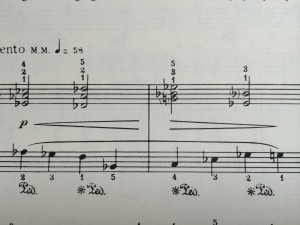
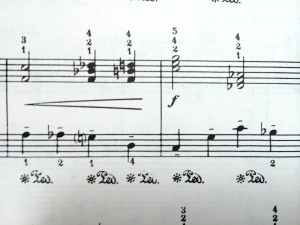
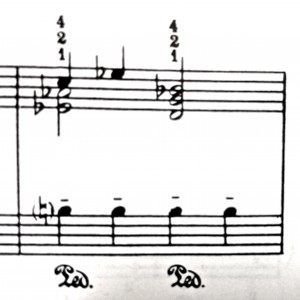
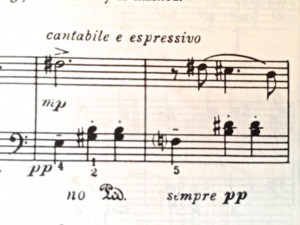


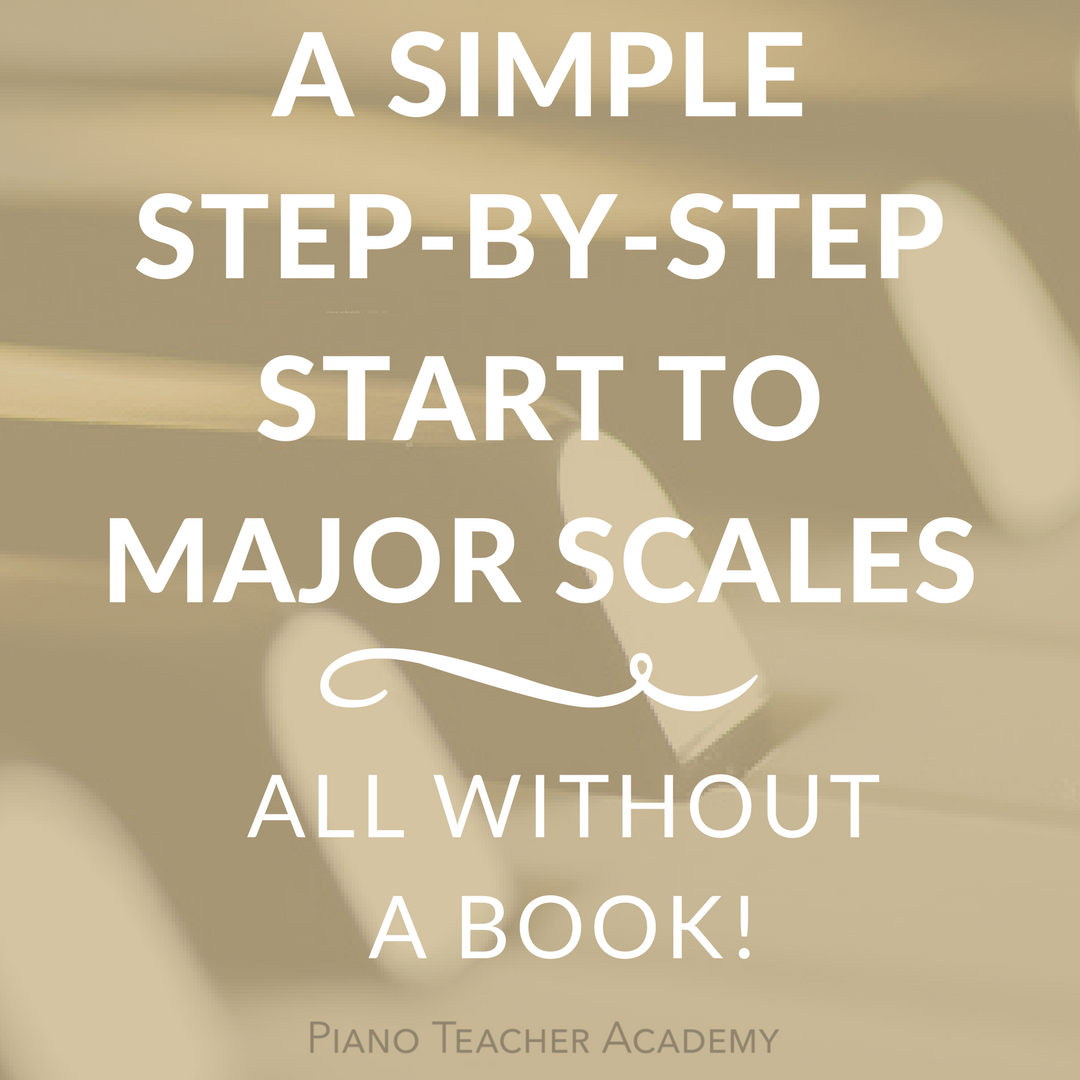







Ivan is Ill measure 11-absolutely C natural. I’ve checked some different editions. Much queasier with the C natural.